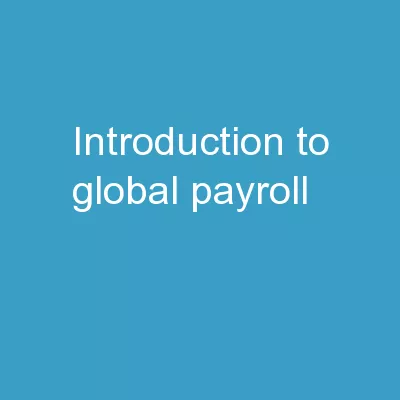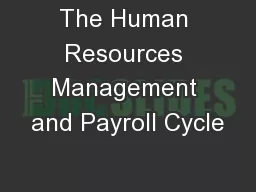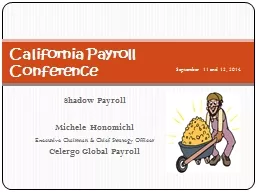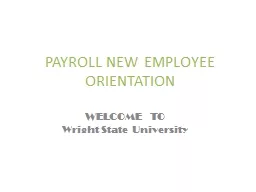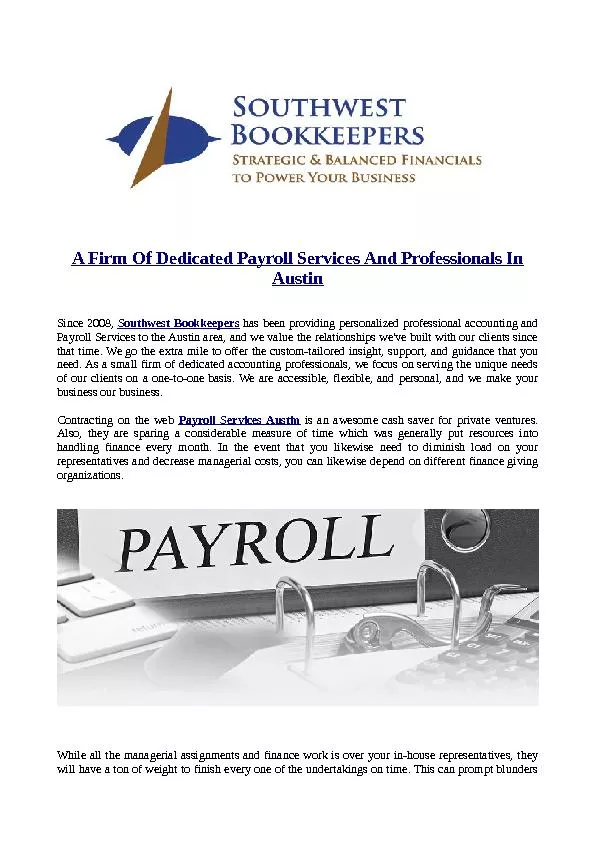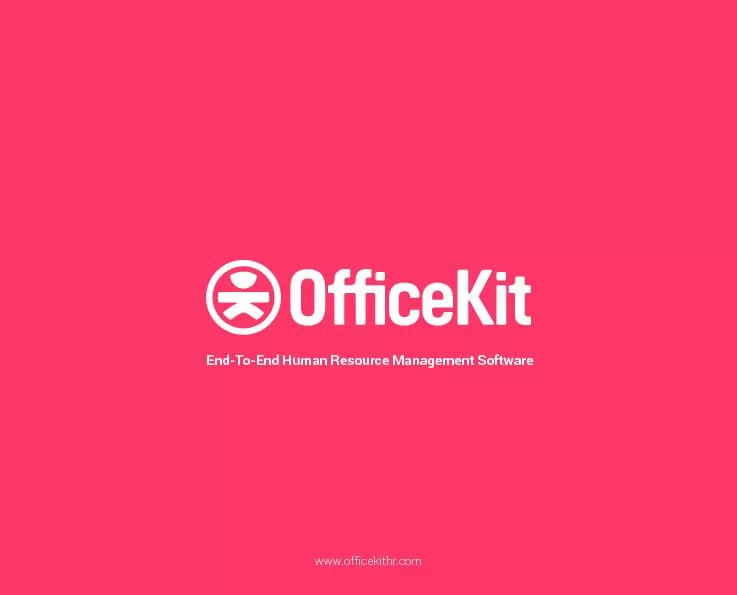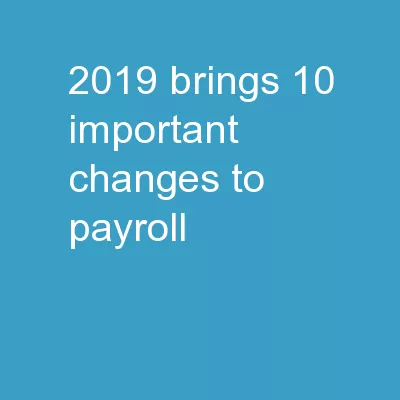PPT-Introduction to Global Payroll
Author : phoebe-click | Published Date : 2019-03-04
Speaker Mary Holland CPP Global Director of Strategy Development and Training Global Payroll Management Institute GPMI Hello China Spain French German Australian
Presentation Embed Code
Download Presentation
Download Presentation The PPT/PDF document "Introduction to Global Payroll" is the property of its rightful owner. Permission is granted to download and print the materials on this website for personal, non-commercial use only, and to display it on your personal computer provided you do not modify the materials and that you retain all copyright notices contained in the materials. By downloading content from our website, you accept the terms of this agreement.
Introduction to Global Payroll: Transcript
Download Rules Of Document
"Introduction to Global Payroll"The content belongs to its owner. You may download and print it for personal use, without modification, and keep all copyright notices. By downloading, you agree to these terms.
Related Documents

